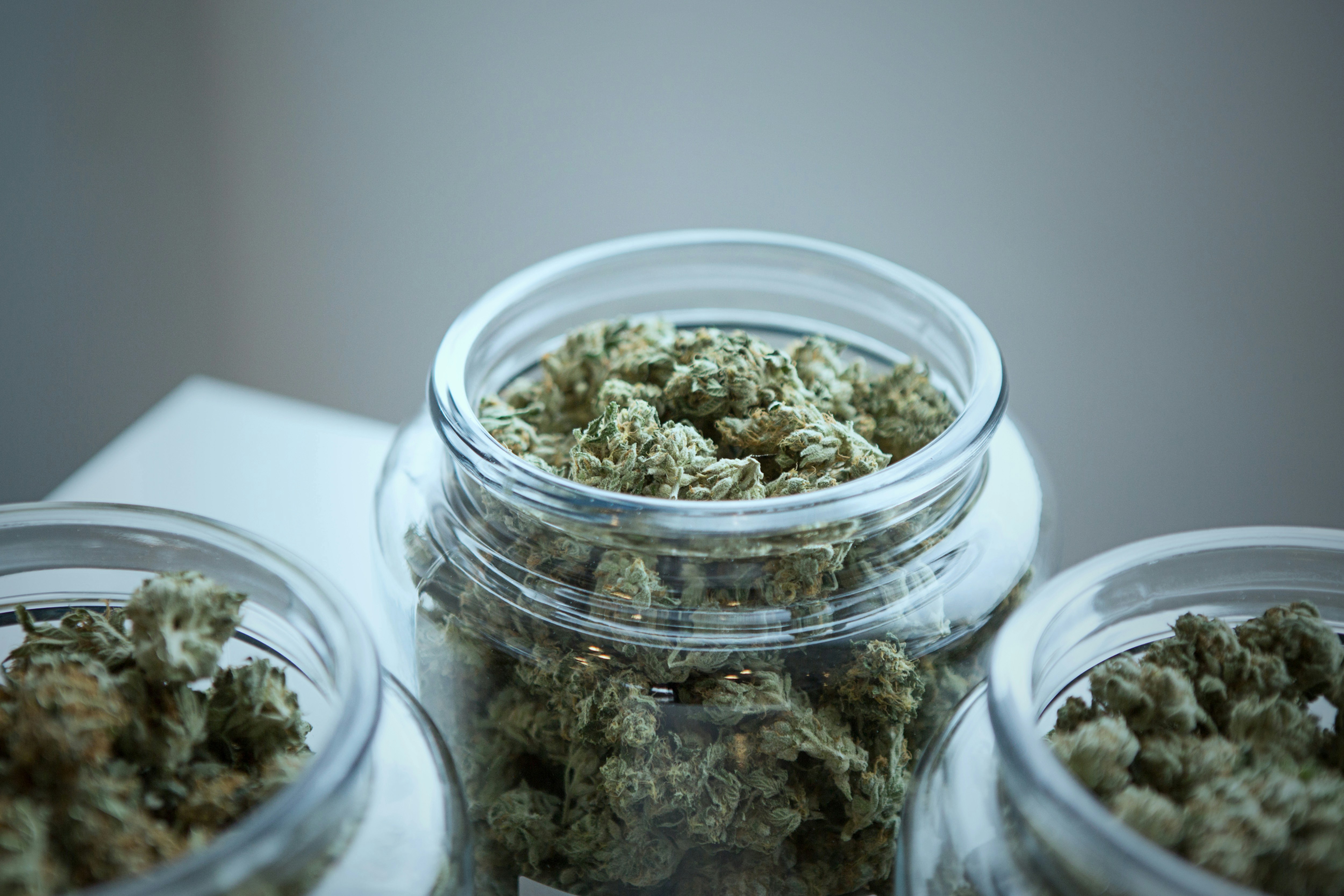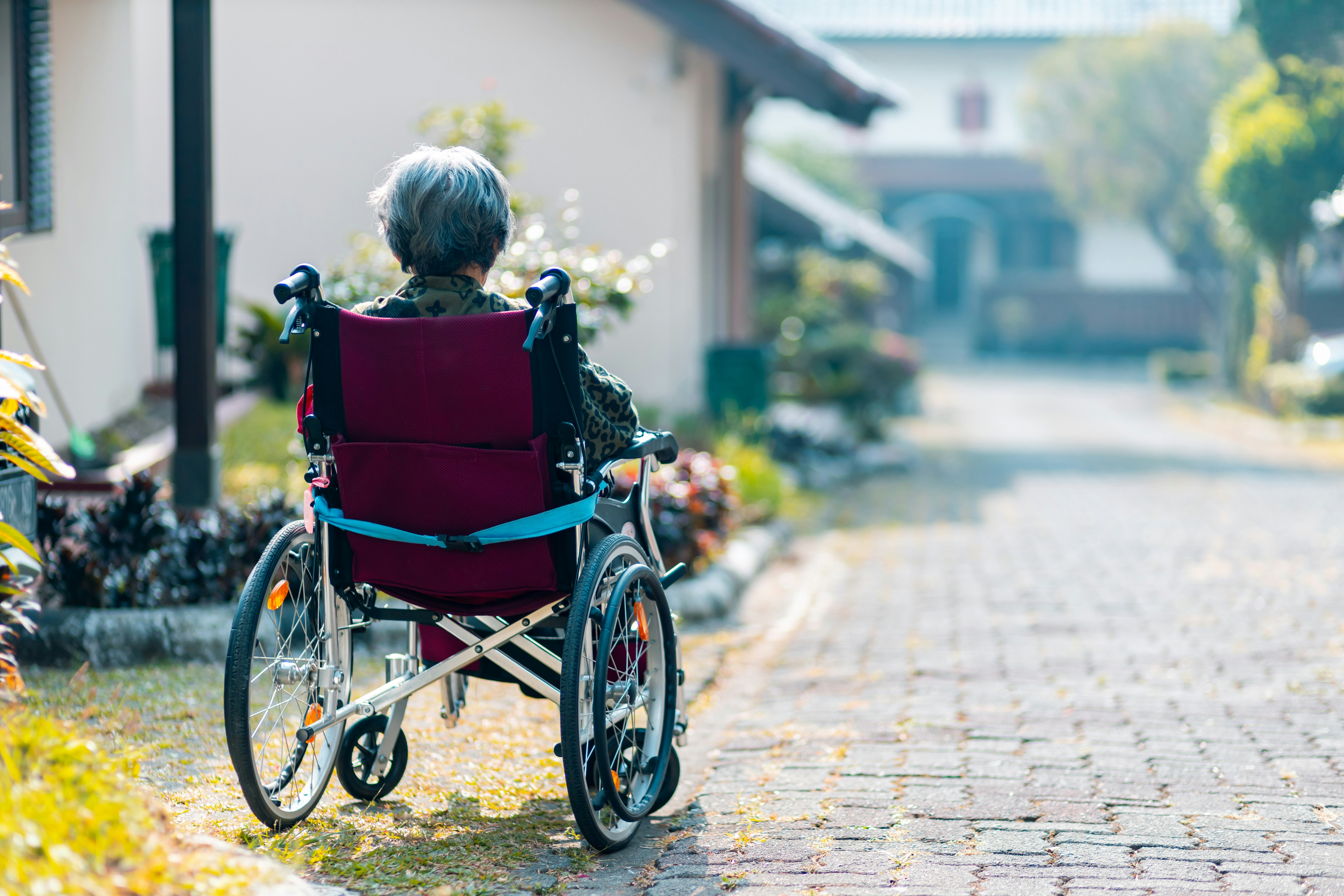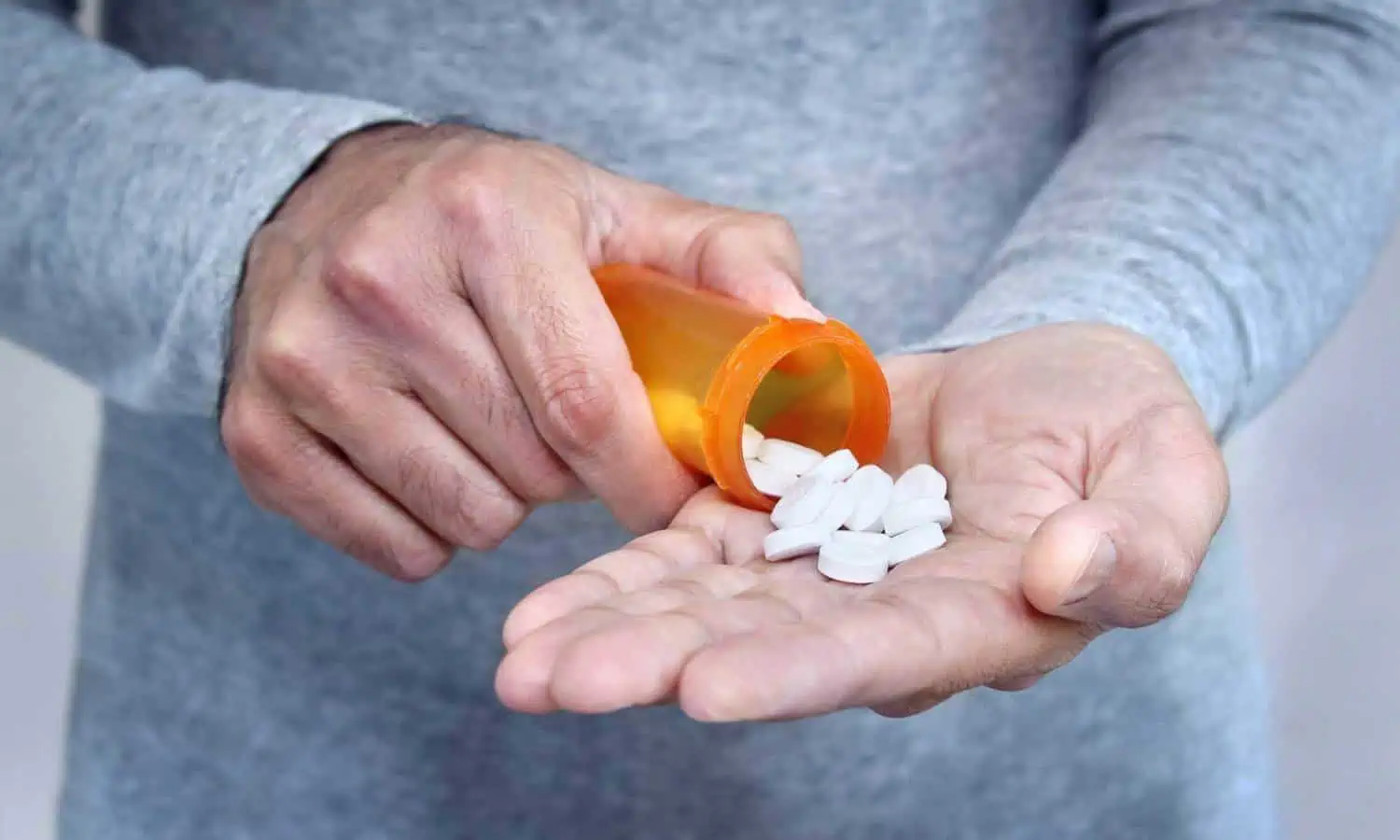What Is Addiction?
Addiction is a chronic disease that impacts the brain by altering how it perceives reward, motivation, and memory, according to the American Society of Addiction Medicine. Addiction can be tied to substances (including alcohol, drugs, and nicotine) or behaviors (such as gambling or eating).
Alcoholism and drug addiction involve the continued use of substances despite knowledge of the risks involved. Not everyone who uses drugs and alcohol becomes addicted, but often, one time is all it takes. The more risk factors a person has, such as poor mental health or a family history of addiction, the more likely they are to develop a substance use disorder.
Addiction is not a choice, a behavioral problem, or a moral failing. People with substance use disorders may have made the initial choice to use, but they did not choose to become addicted. Drugs and alcohol trick the brain into thinking it needs them to function, taking control over the body and mind.
Addiction, Substance Abuse, and Dependence: What’s the Difference?
Many use the phrases “substance abuse,” “addiction,” and “dependence” interchangeably, but these terms do not have the same meaning. Substance abuse is the persistent use of drugs or alcohol despite the potential social, financial, legal, or health consequences. Substance abuse differs from addiction because the former is a choice, while the latter is not.
Dependence typically refers to a physical need for a substance. When a person is dependent on drugs or alcohol, they develop a tolerance to their substance of choice, requiring greater quantities to achieve their original high. When they suddenly discontinue use, they will most likely experience uncomfortable or painful withdrawal symptoms. Physical dependence alone is not the same as addiction. Addiction typically refers to a physical and mental dependence on a substance.
Recognizing Signs of Addiction
With such a fine line between substance misuse and addiction, the signs of addiction can be difficult to identify. Additionally, because they may vary from one person to the next. Common red flags include:
- Frequent drinking or drug use
- Severe cravings
- Increased tolerance
- Isolation
- Withdrawal symptoms
- Changes in personality or appearance
- Loss of interest in activities previously enjoyed
- Feelings of guilt or shame
- Concern from friends and family
- Financial or legal troubles
What Are the Most Commonly Misused Drugs?
Alcoholism and drug addiction pose a severe public health threat in America. Numbers from the 2017 National Survey on Drug Use and Health indicate that approximately 19.7 million Americans aged 12 and older struggled with a substance use disorder within the past year. Of those who reported a past-year substance use disorder, over 14.5 million struggled with alcohol use disorders, while 7.5 million people suffered from illicit drug addiction.
Here are some of the most commonly misused drugs in the nation, along with the number of Americans aged 12 and over who were addicted to them in 2017, according to the NSDUH report:
Marijuana is a naturally occurring, mind-altering substance. Because of its legal status in some states, marijuana is sometimes thought to be harmless, but it poses several risks, including addiction. Marijuana use disorder is the most common type of drug addiction in the country.
Prescription painkillers, or prescription opioids, are a class of medications that are used to help with pain management, typically after a surgery. Examples include hydrocodone, oxycodone, and morphine. Because these medications are generally prescribed by a doctor, many underestimate their dangers.
Cocaine is a highly addictive stimulant that causes users to experience intense cravings once the initial effects of the drug wear off.
Methamphetamine, or meth, is a powerful stimulant that makes users feel energized and alert. Like cocaine, it is highly addictive.
Prescription tranquilizers include muscle relaxants and benzodiazepines. Benzodiazepines (or benzos) are anti-anxiety drugs, often sold under the brand names Xanax, Ativan, and Klonopin. Benzodiazepine addiction can be especially difficult to overcome because one of the symptoms of withdrawal is anxiety, which may have caused users to turn to the drug in the first place.
Heroin is an extremely addictive opioid that induces euphoria in users. Heroin overdoses are all too common because it is difficult to predict the potency of the drug from one batch to the next.
Terms to Avoid
The experience of addiction can feel scary and isolating in itself. Negative stereotypes about addicted people may worsen their sense of shame, fear, and guilt. While conversations about addiction should be honest and heartfelt, it’s crucial to refrain from using judgmental language when describing those with substance use disorders.
Remember the popular saying, “Sticks and stones can break my bones, but names will never hurt me”? This statement is intended to be empowering, but words do matter. Insensitive language contributes to stigma, which prevents many from seeking the treatment they need – and deserve. Here are some harmful terms to avoid:
“Addict”
This term is problematic because it can be perceived as dehumanizing, placing a person’s alcohol or drug use before their identity. It implies that addiction is a moral failing rather than a complex disease that infiltrates a person’s thoughts and actions. A better alternative is the phrase “the individual struggling with addiction” because it highlights that a person is more than their addiction.
“Alcoholic”
Similar to “addict,” this word can be damaging because it highlights problematic drinking as a person’s defining characteristic. A more tactful alternative is “the person struggling with alcohol use disorder/alcoholism.”
“Abuser”
This term appears to pass judgment on those who use drugs. The word “abuser” connects drug users with violence and recklessness, which contributes to negative views about people who struggle with substance use disorders.
“Clean”
This term is often used to describe someone who refrains from drug use. While the phrase is sometimes used by people in the recovery community, it has a derogatory connotation because it insinuates that those who use drugs are “dirty.” Instead of saying someone is “clean,” it is more respectful to say that they are “in recovery” or simply “sober.”
“Relapse”
Also called a “lapse” or a “slip,” this word refers to a return to drug or alcohol use after a period of abstinence. It may appear to cast blame on a previously sober person who resumes substance use. This is another term tied to the concept that addiction is a moral failing rather than a neurological disorder.
Options for Treatment
Addiction impacts individuals in diverse ways, so different treatment programs are designed to target specific needs. Because what works for one person may not be effective for someone else, it’s important to research different options. Here are some of the main types of treatment programs available:
Detox: The medically supervised process of removing drugs and alcohol from the body. Detox targets the physical aspects of substance use disorders, but further treatment is recommended to address the psychological impact of addiction.
Inpatient (Residential) Treatment: Intensive form of addiction treatment that may consist of clinical therapy, 12 Step work, addiction education, family counseling, and wellness offerings. Participants have the opportunity to establish a support network, learn more about the underlying causes of their addiction, and discover how to navigate triggers in early recovery.
Outpatient Treatment: Flexible programming that allows individuals who cannot leave their personal or professional commitments to receive addiction treatment while continuing to live at home. Outpatient programs typically incorporate individual and group therapy.
Sober Living: A program that gives people in early recovery the extra time they may need to reverse old habits and master sober skills before reintegrating into society. Those who participate in sober living programs can attend 12-step meetings and live within a welcoming recovery community.
Recovery Coaching: Program that pairs individuals with a recovery coach (or sober coach) who can offer additional guidance and personalized support. Sober coaches can also connect people in recovery with educational, professional, and legal resources within their communities.
Medication-Assisted Treatment: Addiction treatment that includes the use of addiction medications that have been scientifically proven to help people overcome alcoholism and opioid addiction. Commonly used addiction medications include buprenorphine, naloxone, and naltrexone. They are most efficient when combined with clinical therapy.
Addiction can be a confusing and delicate subject, but public awareness and empathy can reduce some of the stigma and other barriers that addicted people encounter. Being educated about the nature of addiction, the dangers of substance misuse, and the different types of treatment available can help save lives. It can also make a world of difference in helping addicted people feel valued in their communities and encourage them to pursue happy, healthy lives in recovery.
If you or a loved one is struggling with addiction, Mountainside can help.
Click here or call (888) 833-4676 to speak with one of our addiction treatment experts.

 By
By 







